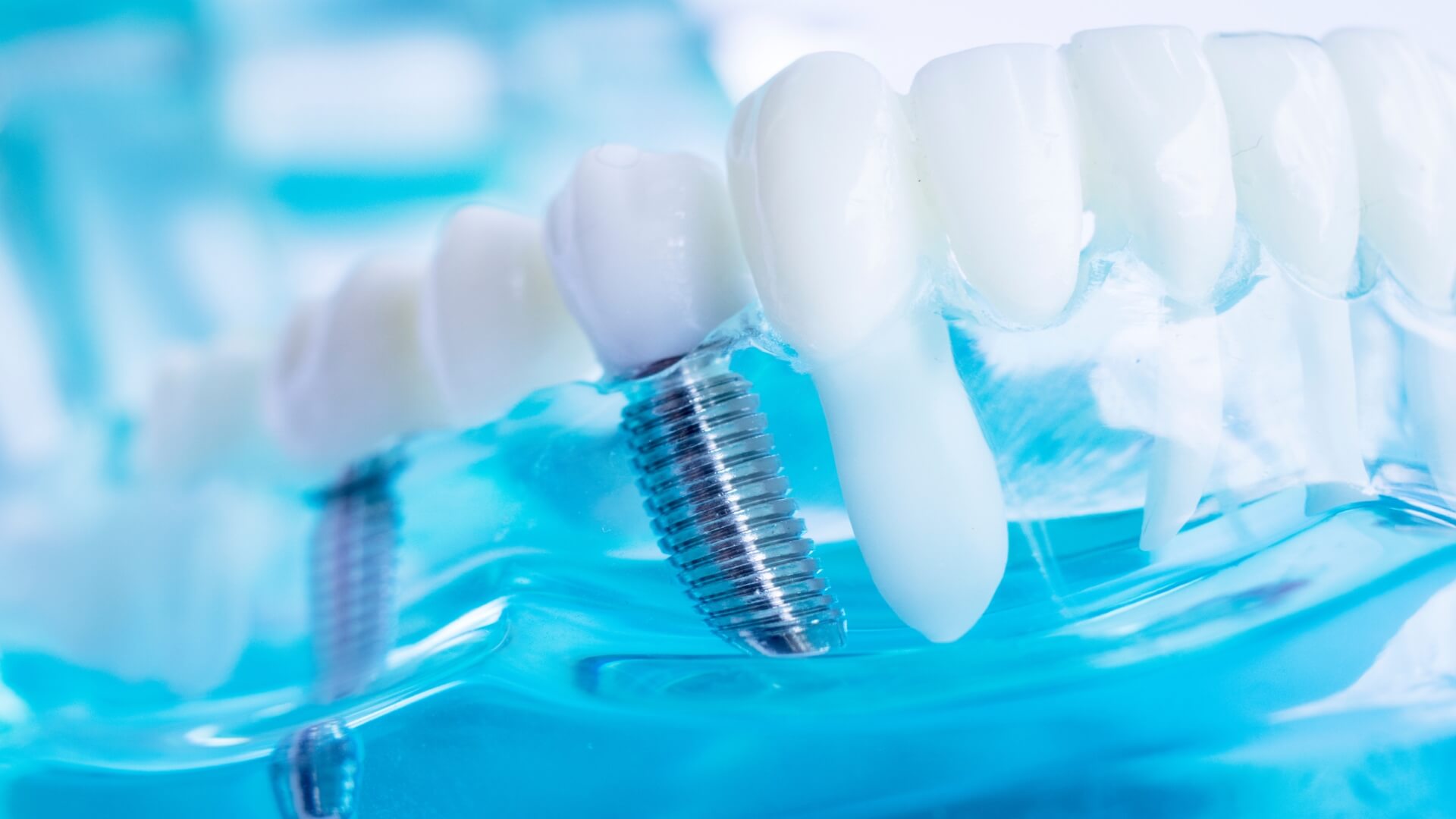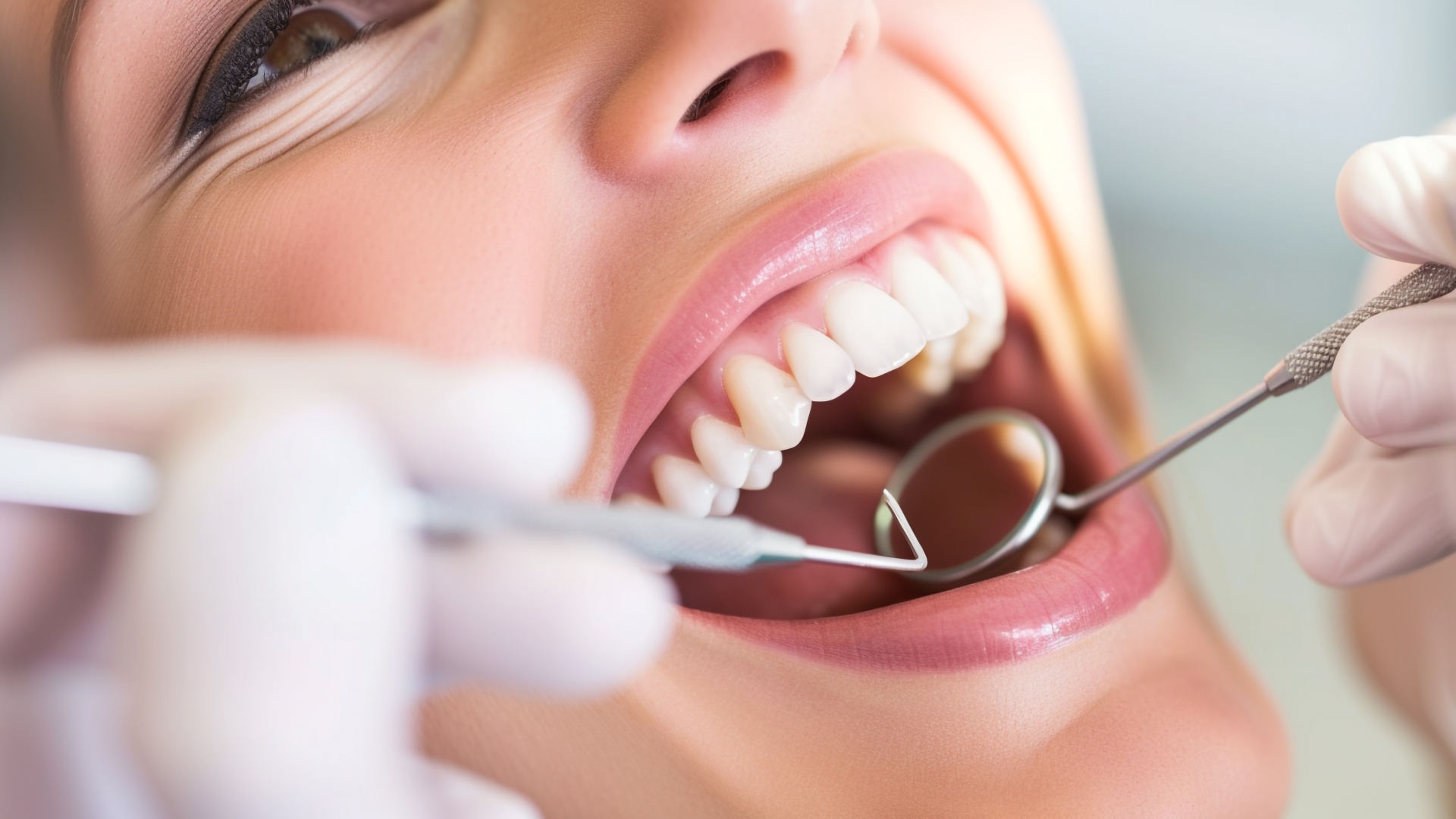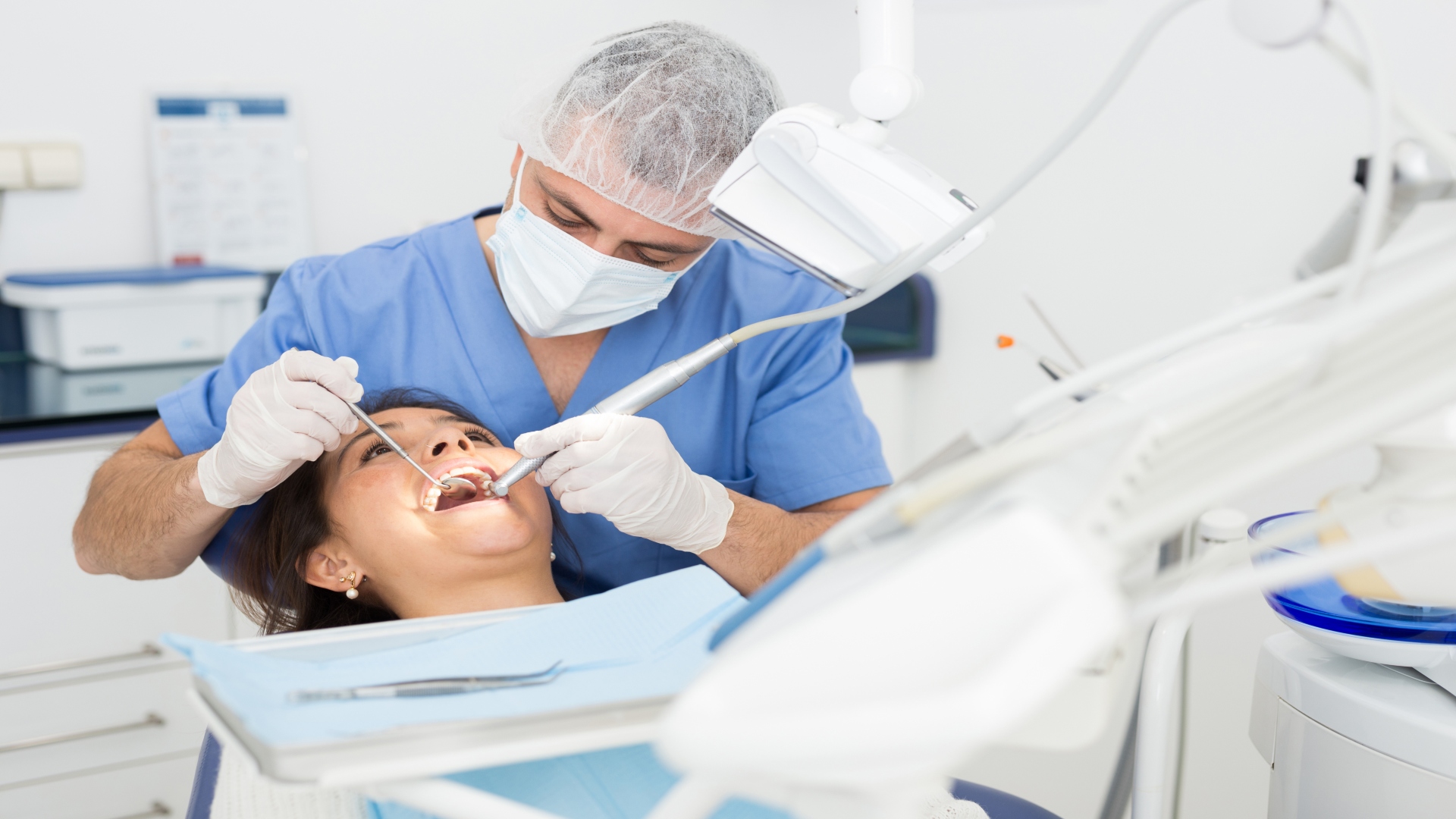Dental implants have revolutionized dentistry, offering a permanent solution for individuals with missing teeth. These small titanium posts are surgically placed in the jawbone, providing a sturdy foundation for replacement teeth or dental prosthetics.
However, not all dental implants are the same, as they come in various types and designs tailored to meet specific patient needs. This article will delve into the world of dental implants and explore the different types available, along with their respective indications.
Understanding the diverse options will empower patients and dental professionals to make informed decisions regarding the most suitable dental implant for each unique case.
Indications Of Different Types Of Dental Implants
Dental implants are an increasingly popular option in dentistry for people who have lost teeth due to trauma, periodontal disease, or other causes. Several types of dental implants are available, including the following:
1. Mini Dental Implants
Mini dental implants are an increasingly popular option for providing secure support for dental prosthetics and restoring functionality. These types of implants are shorter than traditional ones. The mini-implant is most suitable for those with insufficient bone in their jaw due to disease, trauma, or prolonged periodontal infection.
The main advantage of using mini dental implants over traditional ones is that they require less invasive surgery since no suturing is needed, and there is no need for significant recovery time after placement.
Furthermore, the procedure takes very little time compared to a regular implant, which usually involves lengthy surgical appointments. However, it should be noted that these smaller-sized screws are slightly weaker than full-sized ones and may not last as long over time due to wear and tear on the abutment connection between the implant and restoration.
2. All-on-4 Dental Implants
All-on-4 dental implants offer a revolutionary way to replace an entire arch of teeth with just four strategically placed titanium posts. This type of implant is often recommended for patients who have lost most or all their teeth due to periodontal disease, injury, or congenital disabilities. This type of implant is designed to provide maximum stability and comfort for the patient and improve aesthetics that closely resemble natural teeth.
The procedure typically involves placing four titanium posts in the jawbone and attaching a bridge. In many cases, a temporary prosthesis can be placed immediately after surgery while waiting for the permanent bridge to be made by a lab. The result is a complete set of replacement teeth that are both secure and aesthetically pleasing.
Lastly, all-on-4 implants also require less bone grafting than other implant dentistry types, making them suitable for patients with limited jawbone density.
3. Immediate Load Dental Implants
Immediate-load dental implants offer a viable solution for those seeking to replace missing teeth without the lengthy healing period associated with traditional implant dentistry. This type of implant is placed within the jawbone and provides immediate stability for a prosthetic tooth.
They are typically shorter than traditional implants, making them useful for cases with insufficient bone height to support a standard-length implant. Placing an immediate load implant requires less time and requires fewer steps than traditional implant placement, often resulting in quicker recovery times.
Unlike traditional implants, this procedure doesn’t require multiple visits or long periods of waiting between steps, allowing patients to move on quickly from this restorative treatment option.
4. Zygomatic Dental Implants
Zygomatic dental implants provide an alternative option to traditional implant dentistry for those whose jawbone is too thin or narrow for standard-length implants. These are placed in the zygoma, or cheekbone, and rely on the solid bone structure of the zygoma as well as its proximity to the floor of the maxillary sinus for support.
These longer-than-standard implants can enhance facial aesthetics while providing a secure base for replacing missing teeth. They offer a viable solution to patients who may not be candidates for conventional implant dentistry due to insufficient height or width of the alveolar bone. The placement procedure involves minimal tissue trauma and allows more immediate restoration and loading than traditional methods.
5. Implant-Supported Dentures
Implant-supported dentures provide a secure and aesthetic restoration for patients missing multiple teeth by using four or more implants to support the prosthetic. These implant-supported dentures are designed to mimic natural teeth’ look, feel, and function while providing stability for chewing food.
These dentures also offer superior retention to traditional removable dentures because they are securely attached to the dental implant abutments with screws. This allows for a more comfortable fit and greater confidence in speaking, eating, laughing, and other activities without fear of slipping or misalignment. Additionally, implant-supported dentures don’t require adhesive materials, which can irritate some people’s skin or gums.
Furthermore, these prosthetics allow individuals with missing teeth to avoid wearing removable dentures, which can cause bone deterioration over time due to a lack of stimulation from biting forces. Therefore, implant-supported dentures can provide a secure and aesthetically pleasing solution for those looking for an improved quality of life following tooth loss.
Conclusion
Exploring the different types of dental implants and their indications reveals a wide range of options for tooth replacement. From traditional to innovative designs, each implant type addresses specific patient needs. Understanding these options empowers patients and dental professionals to make informed decisions.
With ongoing advancements, the future of dental implants look even more promising. Dental implants restore oral function and aesthetics and improve overall oral health and quality of life. By gaining knowledge about dental implants, individuals can choose the most suitable option in collaboration with their dental professionals.


















